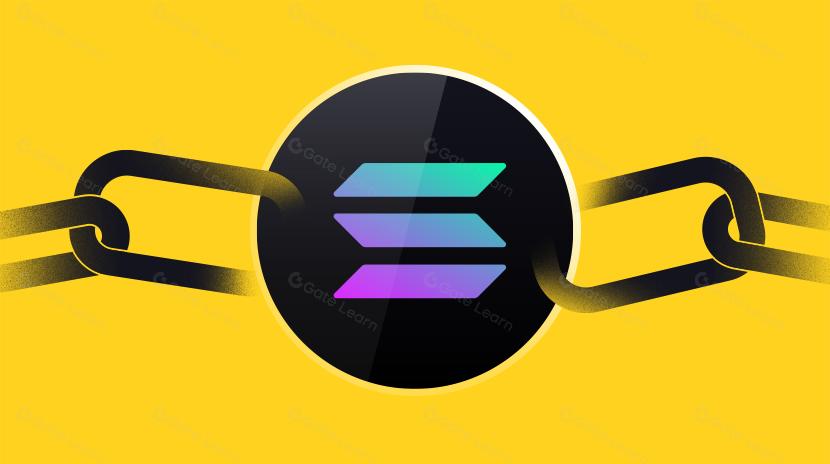Decentralized

Decentralization is a fundamental concept in blockchain and cryptocurrency technology, referring to systems that operate without reliance on a single central authority, instead being maintained by multiple participating nodes across a distributed network. This concept emerged as a response to traditional centralized systems, aiming to create a more transparent, secure digital ecosystem that isn't vulnerable to single points of failure. In the cryptocurrency realm, decentralization enables asset transfers and value storage without third-party intermediaries, allowing users direct control over their digital assets while avoiding risks of censorship, manipulation, and systemic failures inherent in centralized institutions.
Background: The Origin of Decentralization
The decentralization concept can be traced back to early internet peer-to-peer (P2P) file sharing systems, but it achieved its breakthrough application in blockchain with the publication of the Bitcoin whitepaper by Satoshi Nakamoto in 2008. Nakamoto proposed an electronic cash system that eliminated the need for trusted third parties, solving the double-spending problem through distributed ledger technology and consensus mechanisms.
Prior to this, traditional financial systems and internet services heavily relied on centralized architectures where all transactions and data required verification and processing through intermediaries like banks, payment processors, or central servers. This model had several notable flaws:
- Single point of failure risk: central server failures could cause entire system collapse
- Trust dependencies: users must trust intermediaries to act honestly
- Censorship risks: central authorities could censor or block specific transactions
- Efficiency issues: intermediaries increased transaction costs and processing times
Bitcoin's success demonstrated the viability of decentralized systems, with projects like Ethereum subsequently expanding the concept beyond simple value transfer to smart contracts and decentralized applications (DApps) development.
Work Mechanism: How Decentralization Works
Decentralized systems typically operate through the following core mechanisms that enable distributed operation:
Consensus mechanisms are central to decentralized systems, allowing network participants to agree on the system state without central authorities. Common consensus mechanisms include:
- Proof of Work (PoW): participants (miners) compete for the right to validate transactions by solving complex mathematical problems, as used in Bitcoin
- Proof of Stake (PoS): participants gain opportunities to validate transactions based on their token holdings, offering greater energy efficiency
- Delegated Proof of Stake (DPoS): token holders vote for representatives to validate transactions, improving efficiency at some cost to decentralization
- Practical Byzantine Fault Tolerance (PBFT): achieving consensus through multiple voting rounds, suitable for permissioned blockchain systems
Distributed ledger technology forms the data storage foundation of decentralized systems, with each network node maintaining a complete or partial copy of the ledger, ensuring:
- Data redundancy: the system continues operating even when some nodes go offline
- Immutability: any changes require consensus from the majority of network nodes
- Transparency: all transaction records are publicly verifiable, enhancing system transparency
Cryptographic protections are crucial in decentralized systems, primarily including:
- Public-private key encryption: ensuring only users with private keys can control corresponding assets
- Hash functions: creating unique identifiers for data, guaranteeing data integrity
- Digital signatures: verifying transaction initiator identity, preventing forgery
What are the risks and challenges of Decentralization?
Despite numerous advantages, decentralized systems face several challenges:
Technical challenges represent the most immediate obstacles to decentralized systems:
- Scalability issues: most public blockchains face limitations in transaction processing speed and capacity
- Energy consumption: PoW consensus mechanisms require significant computational resources and electricity
- User experience: decentralized applications have higher usage barriers, affecting adoption rates
- Interoperability: communication and value transfer between different blockchain systems remain difficult
Social and regulatory risks are equally significant:
- Regulatory uncertainty: countries have inconsistent and evolving regulatory policies toward decentralized systems
- Unclear liability: difficulty identifying responsible parties when systems malfunction
- Criminal exploitation: anonymity features may be used for money laundering, tax evasion, and other illegal activities
- Community governance challenges: lack of effective on-chain governance mechanisms may lead to forks or stalled development
Security risks cannot be overlooked:
- 51% attacks: malicious actors controlling over half of network computing power or stake can potentially manipulate the system
- Smart contract vulnerabilities: code defects may result in financial losses
- Private key management: user responsibility for private key management increases risks of loss and theft
- Oracle risks: systems connecting on-chain and off-chain data may become attack vectors
Decentralization represents the core concept of the blockchain revolution, signifying a major paradigm shift in information and value exchange systems. Despite facing numerous technical and regulatory challenges, decentralization technology is gradually maturing, addressing existing problems through improved consensus algorithms, layer-2 scaling solutions, and cross-chain technologies. As technology develops and ecosystems mature, decentralized systems are poised to play increasingly important roles in finance, governance, identity verification, and other domains, creating a more open, transparent, and autonomous digital economic environment.
Share
Related Articles

The Future of Cross-Chain Bridges: Full-Chain Interoperability Becomes Inevitable, Liquidity Bridges Will Decline

Solana Need L2s And Appchains?
